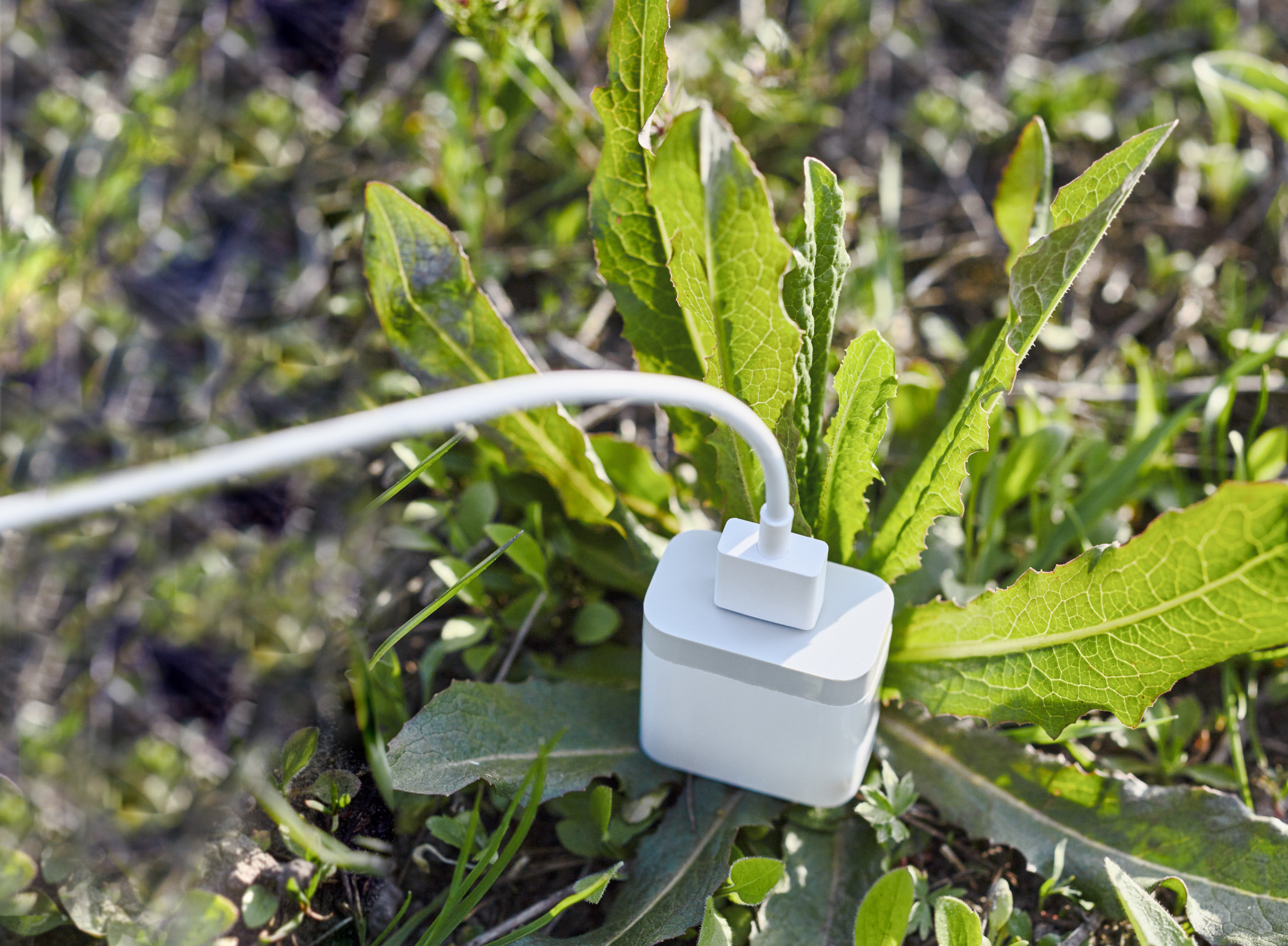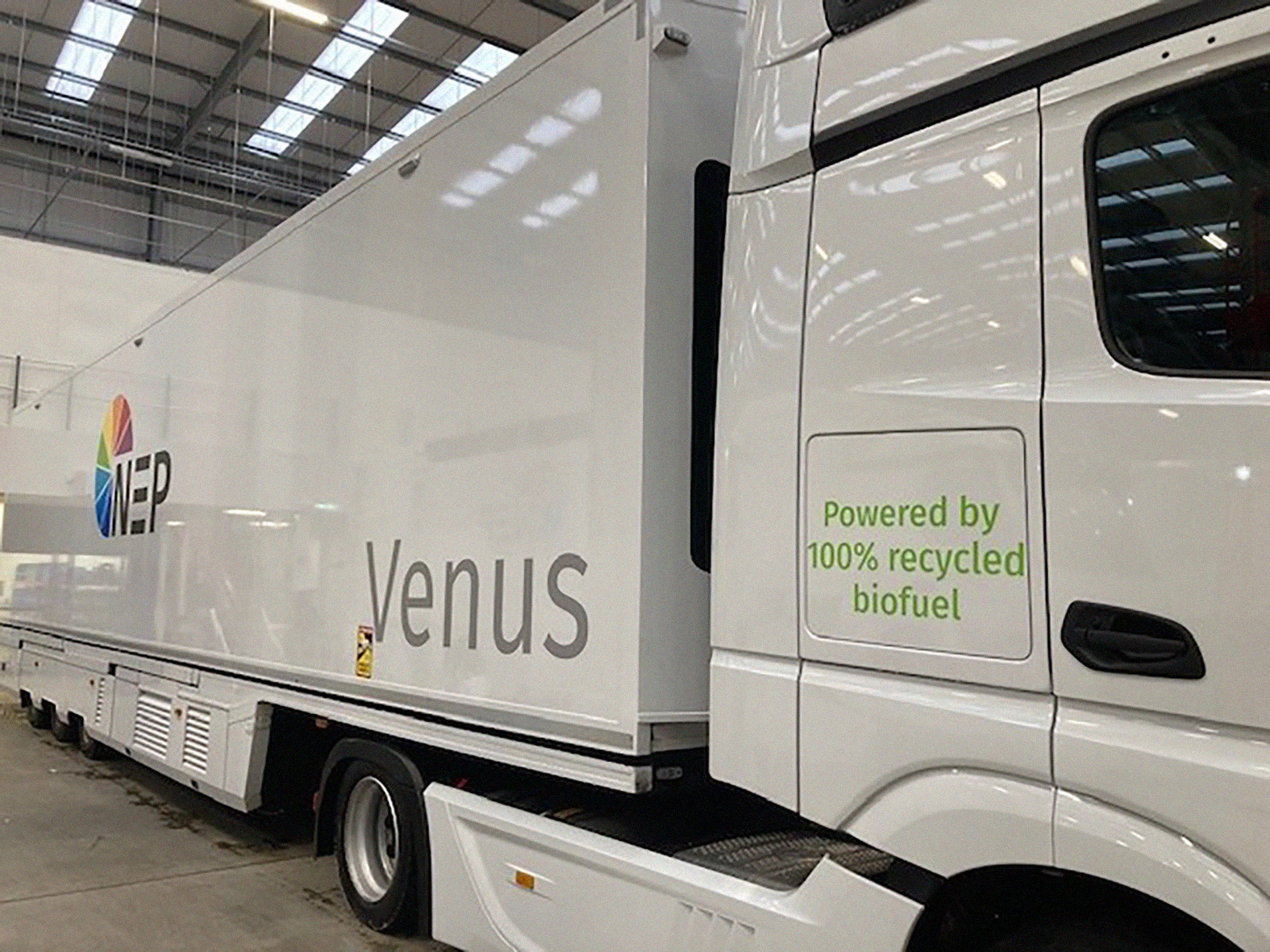M&E Industry Getting Serious About Sustainability
Can video streaming reach zero carbon emissions by 2040?

OTTAWA—Tech companies in the media and entertainment (M&E) industry are making their business and production practices more sustainable by reducing their impact on the environment and contributions to climate change.
“The video industry is taking the ‘green initiative’ seriously,” said Thierry Fautier, vice president of strategy for Harmonic. “It has set a target and is now working toward achieving its goals. We have seen operators targeting zero carbon emission by 2040. There is also a new industry forum called ‘Greening of Streaming’ that is addressing greener video delivery.”

This last sustainability effort is particularly important, as “video traffic represented an estimated 84% of all consumer IP traffic in 2021 (up from 79% in 2016) according to the Cisco Visual Networking Index,” said Alain Nochimowski, CTO at the OTT/TV platform solutions company Viaccess-Orca. “Fortunately, the industry is starting to understand that it will need to take proactive steps toward being greener.”
Real Companies, Tangible Actions
Across the M&E industry, specific companies and organizations are taking tangible steps to make themselves and the industry as a whole more sustainable. They include video delivery provider Ateme, live video contribution tech provider Aviwest, SDVI and IBC, among many others.
Given the billions of daily viewers of streaming services, reducing its environmental impact is a gigantic task.
“The largest source of power consumption for video services is the device, followed by the network and then the data center,” Fautier said. “Some work has already been done on the device side with smart power management schemes deployed and regulations looking at limiting the display consumption. On the network side, the move to 5G is aimed at drastically reducing the watt-per-bit cost; reports show that cloud infrastructure is more power-efficient than a classical on-premises infrastructure approach.”
Harmonic is enhancing its video compression algorithms to reduce traffic levels on IP networks, thus cutting the amount of electricity needed to deliver video content.
The professional video industry's #1 source for news, trends and product and tech information. Sign up below.
“We are doing this by using AI-based encoding techniques such as content-aware encoding [CAE], dynamic frame-rate encoding [DFE] and dynamic resolution encoding [DRE] to improve legacy codecs; also AVC mostly but also HEVC,” said Fautier.
The company is also promoting new, more efficient codecs such as AV1 and VVC, plus the LCEVC (low complexity enhancement video encoding) “intermediate solution” that combines legacy equipment and new approaches “to enable a significant savings in bandwidth and processing power,” he said.
Use of the cloud is critical to meeting such goals. “Harmonic is 100% committed to cloud,” added Fautier. The company is also asking OTT content providers to consider using power-efficient multicasting in place of unicasting, bearing in mind that doing so would reduce delivery flexibility for consumers.
One Stream for a Million Requests
Content delivery solutions provider Broadpeak says its multicast adaptive bitrate (MABR) distribution product is a practical way to address unicasting’s (one-to-one) high network usage.

“Without multicast ABR, if a million people are streaming the same content at the same time, there are one million active connections requiring ad-hoc capacity throughout the network and consuming power accordingly,” said Yann Begassat, Broadpeak’s business development manager. “With multicast ABR, there is only one stream to address the million requests, dramatically reducing capacity needs and energy consumption.”
SDVI’s Rally media supply chain management platform is helping users such as A&E Networks, Comcast, Discovery, Sky, ViacomCBS, and WarnerMedia manage their end-to-end video assets in a more efficient (and thus more sustainable) manner.
“For our part, we have committed to a new sustainability program that makes all usage of the Rally media supply chain optimization platform, going back to the beginning of 2021, completely carbon neutral,” said Chris Brahler, SDVI’s vice president of product. “The program will also ensure that all SDVI customers benefit from permanent, ongoing carbon offsets for all Rally platform usage, including all third-party media applications used as part of a Rally-managed supply chain.”

As of Jan. 1, 2022, SDVI is now reporting and offsetting the carbon footprint associated with providing the Rally platform service to its customers, including the operation of all third-party application services under Rally management.
As an affiliate of the French telecom giant Orange, Viaccess-Orca shares that company’s sustainability commitments in terms of carbon neutrality, tooling, and methodology, including achieving a net zero carbon footprint by 2040.
“We are also actively contributing to accelerating the move toward greener streaming in our product roadmap,” Nochimowski said. “The NESTED [New vidEo STandards for Enhanced Delivery] project that we recently announced in partnership with a number of other vendors is a significant public first step in the direction of setting the standard for energy efficient streaming.”
On the vehicle side, global broadcast production company NEP Group has switched its U.K. fleet of OB trucks from diesel fuel to GD+ HVO (hydrogenated vegetable oil). Supplied by Green Biofuels, GD+ HVO is an ultra-low emission alternative fuel that can replace diesel fuel without having to modify truck engines. It’s made from 100% waste organic matter such as used cooking oils, fats and other agricultural wastes. By switching to GD+ HVO, NEP hopes to drop its fleet’s greenhouse emissions by 95%.

This move to GD+ HVO is part of NEP UK’s Project Earth Sustainability Initiatives.
“In addition to moving to HD+ HVO, NEP is eliminating single-use plastics in all of our OB productions,” said Marie Ellis, NEP Groups’ head of marketing for the U.K. and Ireland. “We’re also providing our employees with branded reusable water bottles, using rechargeable lithium batteries in our RF audio equipment, boosting corporate recycling while reducing waste, cutting back on travel, and reducing our carbon footprint.’"
A spokesman for the NEP Group in the U.S. said that while it has not updated its fleet to run on alternative fuels, the company does anticipate some changes "in the future."
Much More to Do
Despite the many actions the above companies are taking to become more sustainable, all of them believe that there’s much more that can be done.
“One solution would be establishing a broadly accepted common standard for measuring and reporting on emissions,” Brahler said. “If every organization were to move in that direction, we could understand just how serious that situation is at the moment and what we’ll need to do collectively to move toward net zero as an industry.”
“While carbon offsets are one option for mitigating impact, reducing emissions in the first place should be our focus,” he added. “You don’t have to offset what you don’t create. If every organization along the media supply chain were to take responsibility for their part in the content life cycle, rather than push the carbon bill downstream, it might be a more equitable way to solve the problem and, at some point, maintain carbon neutrality from end to end.”
To motivate media companies to become more sustainable sooner, “regulators have to step up—similar to what’s been done before in the broadband industry—by incentivizing operators to deploy green networks,” said Fautier. “We need to look at the end-to-end power dissipation, not at local optimization. If encoding a video using two times more CPU will reduce the traffic by 20%, the overall power savings for millions of unicast sessions is no brainer.”
Two things are certain. First, the media companies are taking real action to address climate change by moving to more sustainable products and practices. Second, the clock is ticking on dealing with climate change now, to reduce its impact in years to come.
“The stakes are too high not to take action,” Brahler told TV Tech. “If we miss this opportunity, there is no real way back.”
James Careless is an award-winning journalist who has written for TV Technology since the 1990s. He has covered HDTV from the days of the six competing HDTV formats that led to the 1993 Grand Alliance, and onwards through ATSC 3.0 and OTT. He also writes for Radio World, along with other publications in aerospace, defense, public safety, streaming media, plus the amusement park industry for something different.

